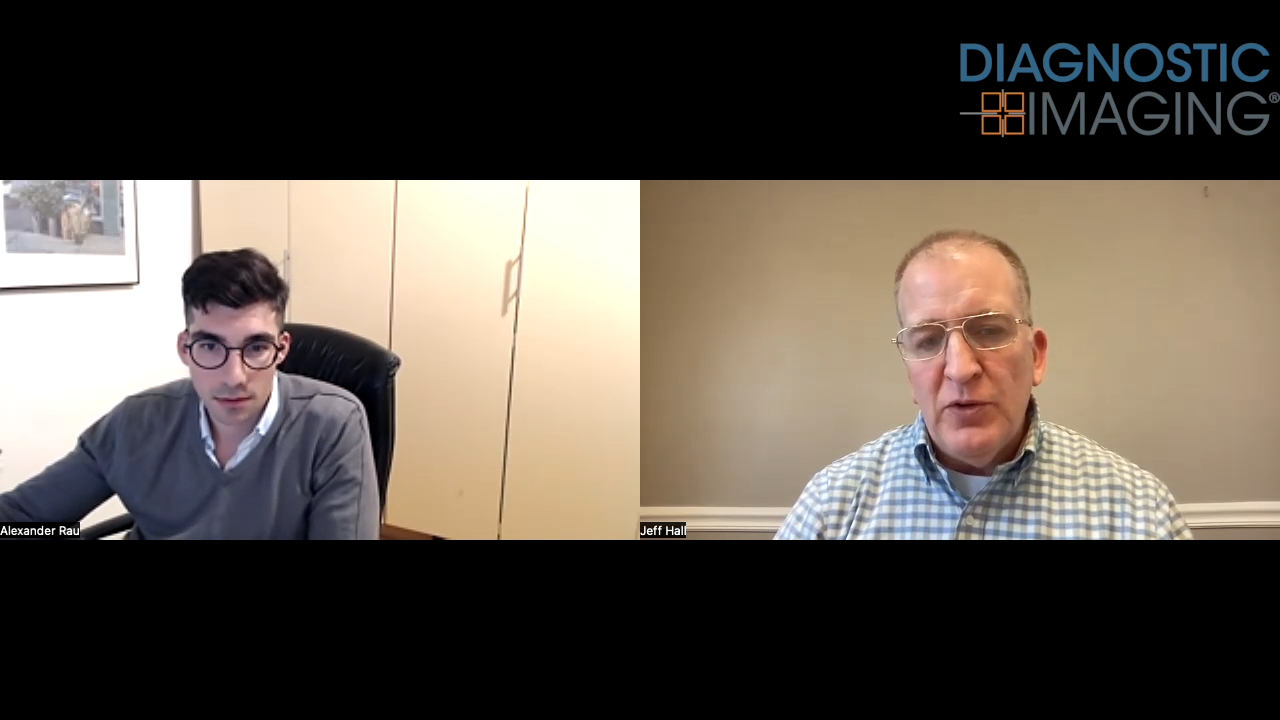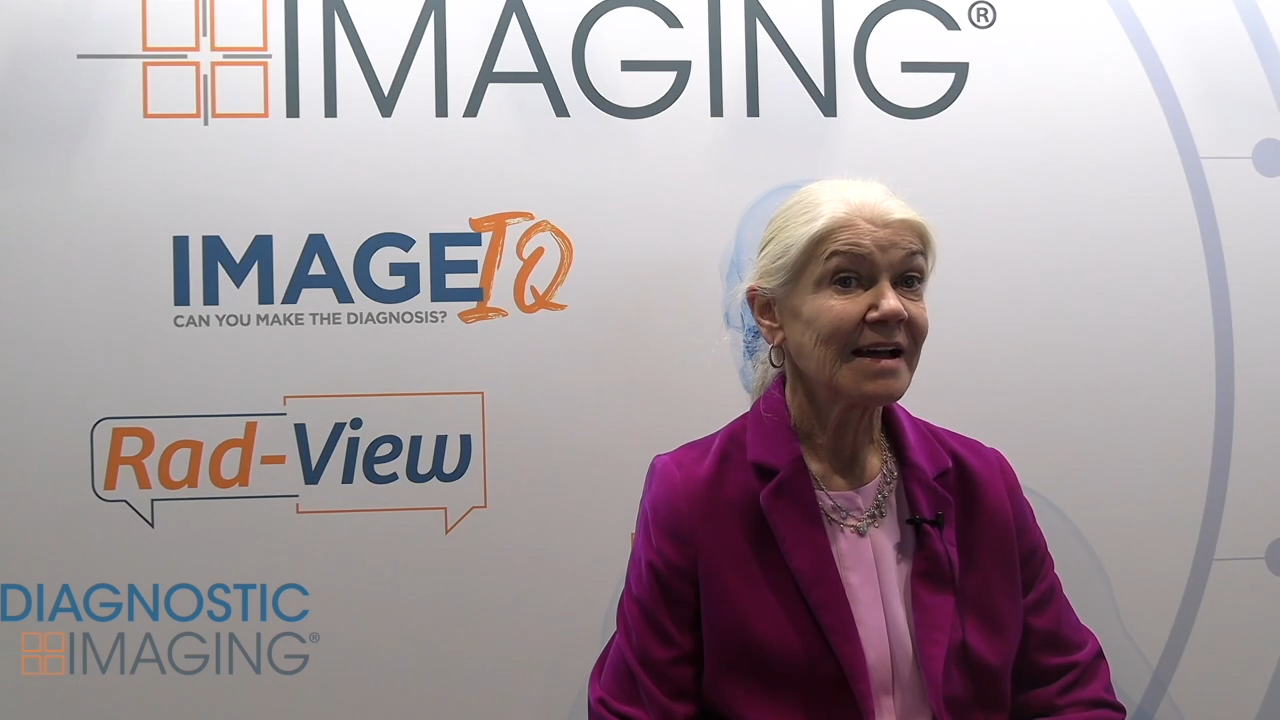Swedish study finds higher renal failure rate for Visipaque than Hexabrix
Patients who receive iso-osmolar contrast media have a significantly higher risk of renal failure than those receiving low-osmolar contrast media.
With the introduction of iso-osmolar contrast media, radiologists looked forward to the day when severe adverse reactions to x-ray contrast would be eliminated. That day has yet to come, at least as far as the long-term effects of such agents, according to a large retrospective Swedish study. That research identified a significantly higher rate of renal failure among patients administered iso-osmolar iodixanol (Visipaque) compared with patients who received low-osmolar ioxaglate (Hexabrix).
Dr. Per Liss and colleagues from the radiology, physiology, and cardiology departments at the University of Uppsala in Sweden presented their evaluation of 23,224 patients at the 2008 RSNA meeting. They found that 1.7% of patients who received iodixanol developed primary or secondary renal failure within 12 months of administration. The 12-month renal failure rate for patients who received ioxaglate was 0.8%.
Unlike previous studies comparing the two agents, no significant difference was seen the percentage of patients placed on dialysis in the year after receiving a percutaneous coronary intervention (PCI) enhanced with either of the two agents, Liss noted. The study determined that dialysis was required in the 12-month follow-up period in 0.2% of patients who received iodixanol, compared with 0.1% of patients who received ioxaglate.
Ioxaglate is an ionic dimer and iodixanol is a nonionic dimer. The iodine concentration for both is an identical 320 mg/ml. The osmolarity of ioxaglate is 600 mOsm/kg H2O compared with 200 mOsm/kg H2O for iodixanol.
Patient experience was established via the Swedish Coronary Angiography and Angioplasty Registry. It was used to identify patients who received a PCI. The Swedish Hospital Discharge Registry helped determine which PCI patients were treated in a hospital for nephropathy within 12 months of contrast media exposure.
The validity of associating renal failure with a contrast media for up to a year after its administration was challenged during questioning after Liss's presentation.
Differences in viscosity between the two contrast agents causes a variation in the rate of osmotic diuresis that may explain the relatively high renal failure rate for iodixanol, Liss said. He recommended a randomized prospective clinical trial to confirm the findings.
For more information from the Diagnostic Imaging archives:
Contrast-induced nephropathy fears easeInitial research challenges contrast reaction dogmaNonionic contrast media prove safe in pediatric patients
Can MRI-Based AI Bolster Biopsy Decision-Making in PI-RADS 3 Cases?
December 9th 2024In patients with PI-RADS 3 lesion assessments, the combination of AI and prostate-specific antigen density (PSAD) level achieved a 78 percent sensitivity and 93 percent negative predictive value for clinically significant prostate cancer (csPCa), according to research presented at the Radiological Society of North American (RSNA) conference.
The Reading Room: Artificial Intelligence: What RSNA 2020 Offered, and What 2021 Could Bring
December 5th 2020Nina Kottler, M.D., chief medical officer of AI at Radiology Partners, discusses, during RSNA 2020, what new developments the annual meeting provided about these technologies, sessions to access, and what to expect in the coming year.
RSNA 2020: Addressing Healthcare Disparities and Access to Care
December 4th 2020Rich Heller, M.D., with Radiology Partners, and Lucy Spalluto, M.D., with Vanderbilt University School of Medicine, discuss the highlights of their RSNA 2020 session on health disparities, focusing on the underlying factors and challenges radiologists face to providing greater access to care.
New Interventional Radiology Research Shows Merits of Genicular Artery Embolization for Knee OA
December 3rd 2024In a cohort of over 160 patients with knee osteoarthritis (OA), including grade 4 in nearly half of the cases, genicular artery embolization led to an 87 percent improvement in the quality of life index, according to research presented at the recent RSNA conference.
Siemens Healthineers Debuts New Photon-Counting CT Systems at RSNA
December 2nd 2024Debuting at the Radiological Society of North American (RSNA) conference, the new photon-counting computed tomography (PPCT) scanners Naeotom Alpha.Pro and Naeotom Alpha.Prime reportedly combine rapid scan times with high-resolution precision.










